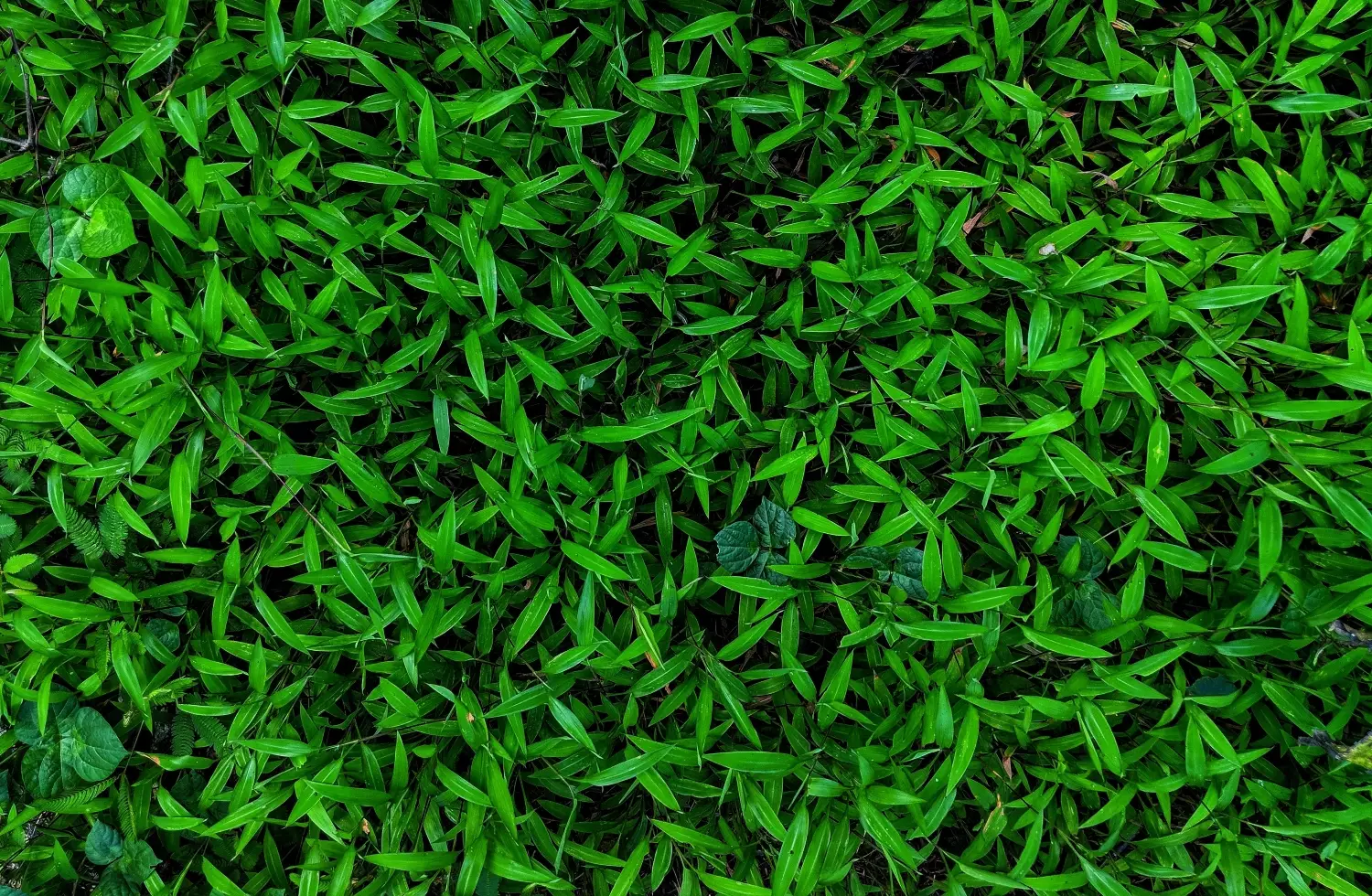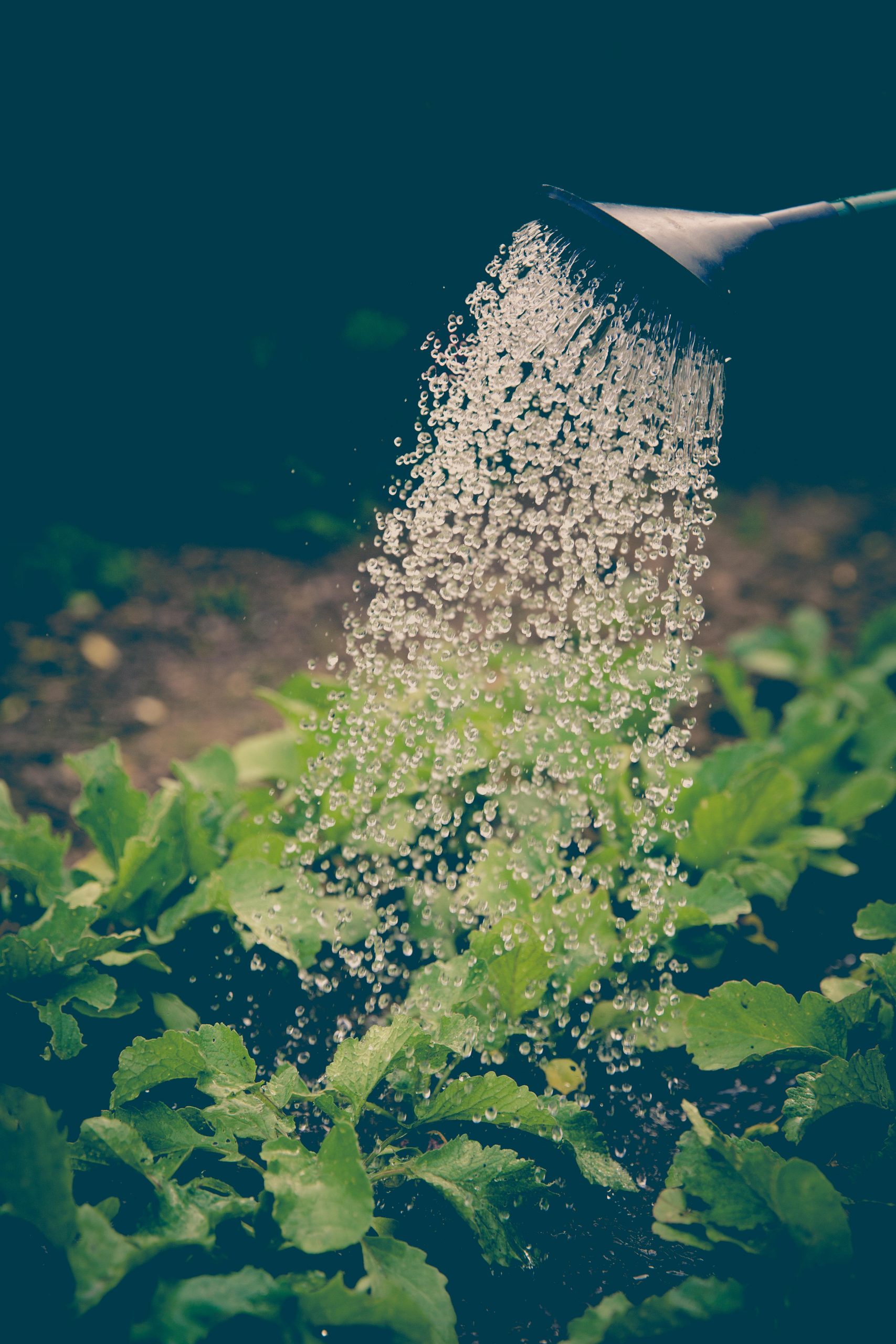1. Understanding 15-0-15 Fertilizer
15-0-15 fertilizer is a type of fertilizer that contains a high concentration of potassium (K) and does not contain any phosphorus (P). The numbers in the fertilizer analysis represent the percentage by weight of the three major nutrients: nitrogen (N), phosphorus (P), and potassium (K). Here’s what the numbers in 15-0-15 signify:
- The first “15” represents the percentage of nitrogen, which is essential for promoting leaf and stem growth, as well as overall plant vigor. Nitrogen is a macronutrient that plants require in large quantities. It plays a vital role in chlorophyll production, photosynthesis, and overall plant growth. The high nitrogen content in 15-0-15 fertilizer makes it suitable for promoting lush foliage and greenery.
- The “0” in the middle indicates the absence of phosphorus. Phosphorus is important for root development, flowering, and fruit production, but some plants may not require additional phosphorus or may already have sufficient levels in the soil.

- The second “15” represents the percentage of potassium, which is crucial for enhancing plant resistance to disease, drought, and stress. Potassium also plays a vital role in promoting overall plant health and improving fruit quality. Potassium is another essential macronutrient that plants need for various physiological processes. It aids in enzyme activation, osmoregulation, and nutrient transportation within the plant. The elevated potassium levels in 15-0-15 fertilizer make it beneficial for enhancing plant vigor, stress tolerance, and fruit development.
2. Composition of 15-0-15 Fertilizer
15-0-15 fertilizer primarily consists of nitrogen and potassium. It does not contain phosphorus. Here’s a breakdown of its composition:
- Nitrogen (N): Nitrogen is a macronutrient that plants require in large quantities. It plays a vital role in chlorophyll production, photosynthesis, and overall plant growth. The high nitrogen content in 15-0-15 fertilizer makes it suitable for promoting lush foliage and greenery. Nitrogen deficiency can result in stunted growth, yellowing leaves, and reduced crop yields.
- Potassium (K): Potassium is another essential macronutrient that plants need for various physiological processes. It aids in enzyme activation, osmoregulation, and nutrient transportation within the plant. The elevated potassium levels in 15-0-15 fertilizer make it beneficial for enhancing plant vigor, stress tolerance, and fruit development. Potassium deficiency can lead to weak stems, poor fruit quality, and increased susceptibility to diseases and pests.
3. Using 15-0-15 Fertilizer
When using 15-0-15 fertilizer, it’s important to follow proper application techniques to ensure optimal plant growth and prevent nutrient imbalances. Here’s how to use it effectively:
- Read the instructions: Always read and follow the instructions provided by the manufacturer for specific application rates and guidelines. Different brands may have varying recommendations. The instructions will provide you with information on the amount of fertilizer to use, the frequency of application, and any special considerations.

- Assess soil and plant needs: Before applying 15-0-15 fertilizer, assess the nutrient levels in the soil and consider the specific requirements of your plants. Conducting a soil test can help determine if your plants truly need additional potassium or if other nutrients are lacking. Soil tests can be done with the help of a testing kit or by sending a sample to a laboratory for analysis.
- Determine the application method: 15-0-15 fertilizer can be applied using various methods, including broadcasting, side-dressing, or incorporating into the soil before planting. Choose the method that suits your gardening practices and the specific needs of your plants. Broadcasting involves spreading the fertilizer evenly over the soil surface, while side-dressing refers to applying the fertilizer in a narrow band alongside the plants. Incorporating the fertilizer into the soil before planting ensures that the nutrients are readily available to the roots.
- Calculate the appropriate amount: Determine the amount of fertilizer needed based on the size of the area to be fertilized and the specific crop or plant requirements. Use a garden scale or measuring cup to accurately measure the fertilizer. Overapplication of fertilizer can lead to nutrient imbalances and environmental pollution, while underapplication may not provide sufficient nutrients for optimal plant growth.
- Timing: Apply the fertilizer at the appropriate time according to the specific needs of the plants. For instance, it can be applied before planting, during active growth, or when plants are showing signs of nutrient deficiency. Different plants have varying nutrient requirements at different stages of growth. It’s important to understand the specific needs of your plants and adjust the timing of fertilizer application accordingly.

- Even distribution: Whether you’re broadcasting or side-dressing, ensure an even distribution of the fertilizer to avoid overfertilizing some areas and underfertilizing others. A handheld spreader or a shaker can be useful for broadcasting, while side-dressing can be done by creating a small trench and applying the fertilizer along the sides. After application, gently incorporate the fertilizer into the soil surface to prevent it from being washed away by rainfall or irrigation.
- Watering: After applying the 15-0-15 fertilizer, water the area thoroughly to allow the nutrients to penetrate the soil and reach the plant roots. This helps prevent nutrient runoff and ensures the plants can take up the nutrients effectively. Watering also helps dissolve the fertilizer and makes it available for plant uptake. However, avoid excessive watering, as it can lead to nutrient leaching and loss.
- Monitor and adjust: Regularly monitor your plants for any signs of nutrient deficiencies or excesses. Nutrient deficiencies may manifest as yellowing or discolored leaves, stunted growth, or poor fruit development. Excess nutrients can cause leaf burn, salt buildup in the soil, or environmental pollution. Adjust the fertilizer application based on the plant’s response and the results of soil testing. If you notice any issues, consider adjusting the fertilizer rate, frequency, or method of application.
Conclusion
15-0-15 fertilizer is a potassium-rich fertilizer that doesn’t contain any phosphorus. It is suitable for promoting leaf and stem growth, enhancing plant vigor, and improving fruit quality. When using 15-0-15 fertilizer, it’s important to read the instructions, assess soil and plant needs, determine the application method, calculate the appropriate amount, apply at the right time, ensure even distribution, water the area, and monitor the plants for adjustments. By following these guidelines, you can effectively use 15-0-15 fertilizer to support the healthy growth and development of your plants.
Remember, fertilizer application should be part of a comprehensive approach to plant care. It’s important to consider other factors such as soil health, sunlight exposure, watering practices, and pest management. Additionally, different plants have varying nutrient requirements, so it’s crucial to understand the specific needs of the plants you are growing. Regular soil testing can provide valuable insights into nutrient levels and help you make informed decisions about fertilizer application.
Lastly, it’s worth noting that fertilizer application should be done in moderation. Overuse of fertilizers can lead to nutrient imbalances, environmental pollution, and harm to beneficial organisms in the soil. Always follow the recommended application rates and guidelines provided by the manufacturer, and remember that more is not always better when it comes to fertilizers.




